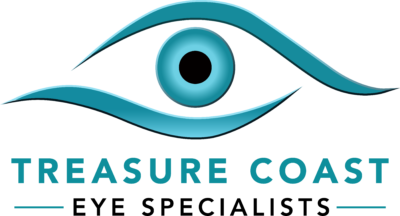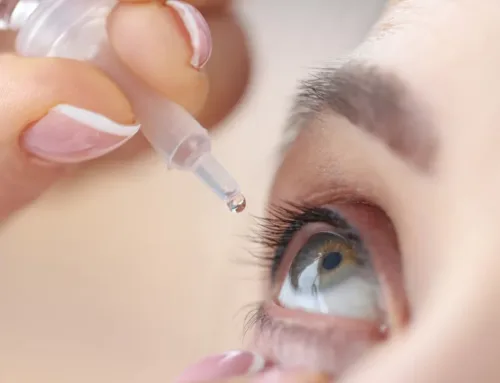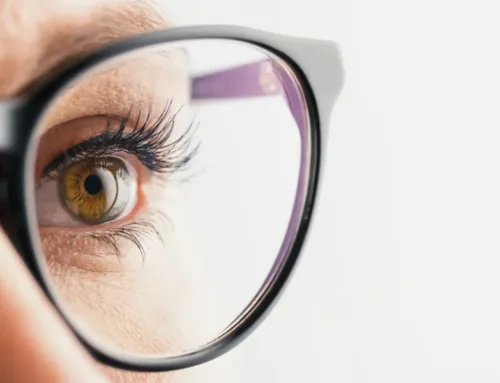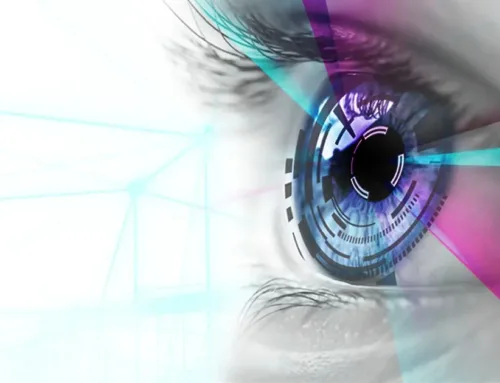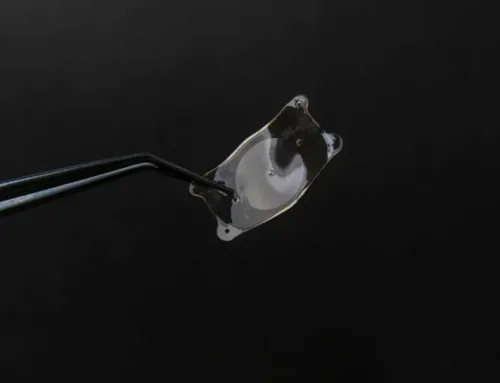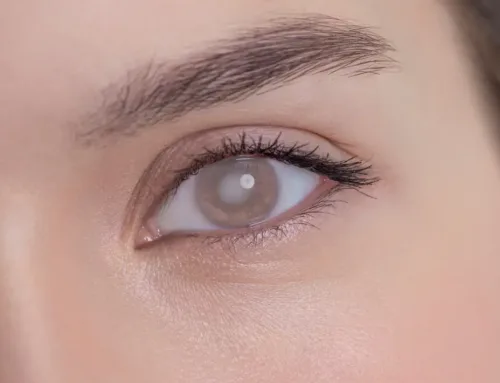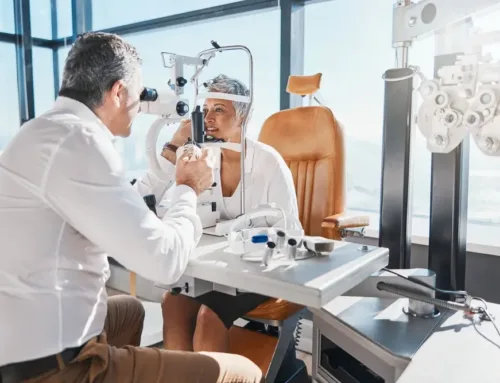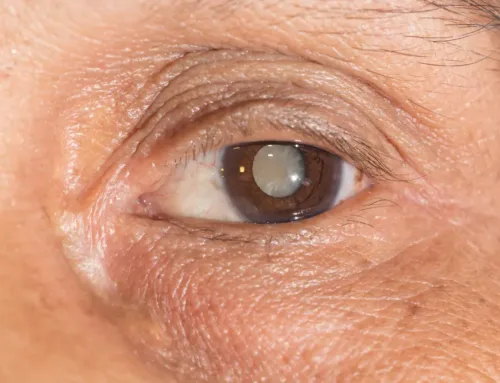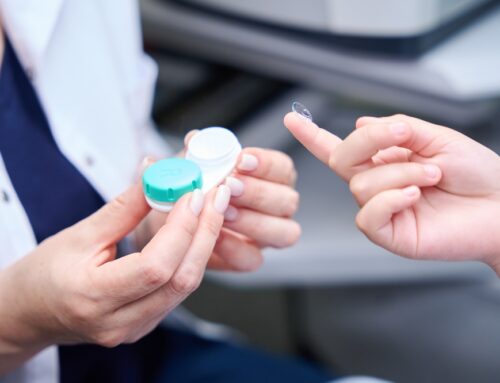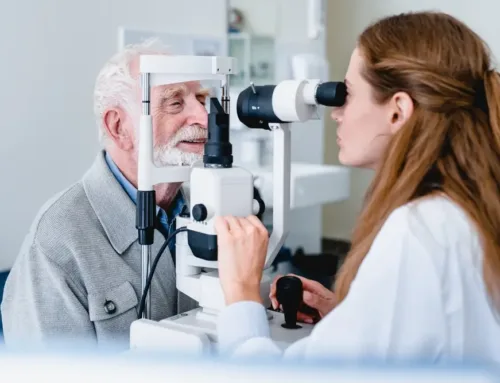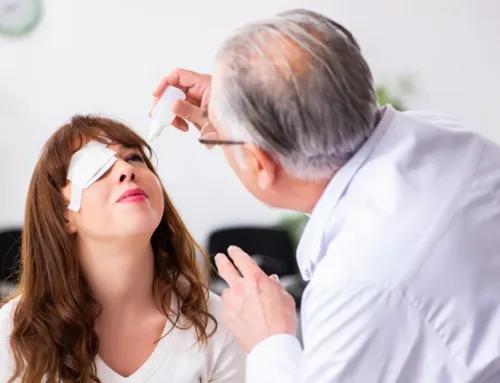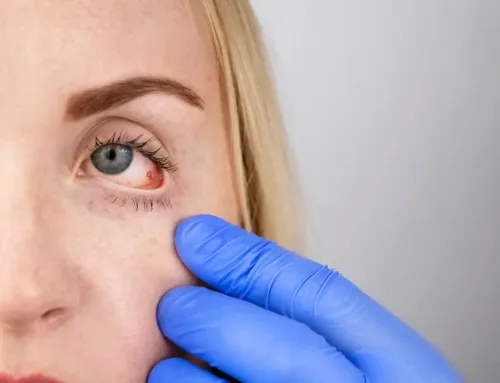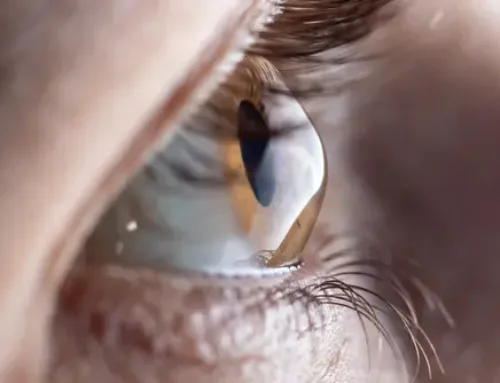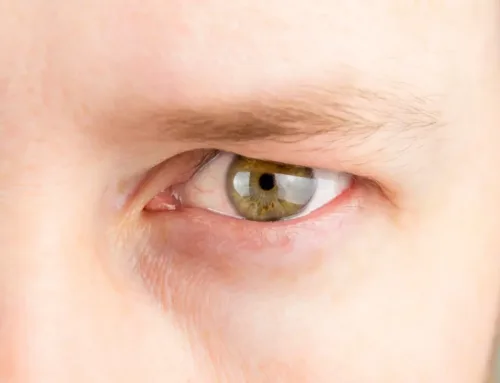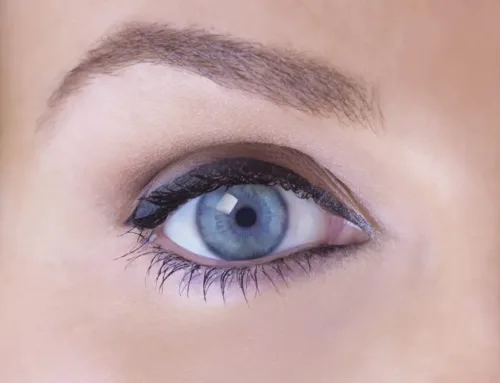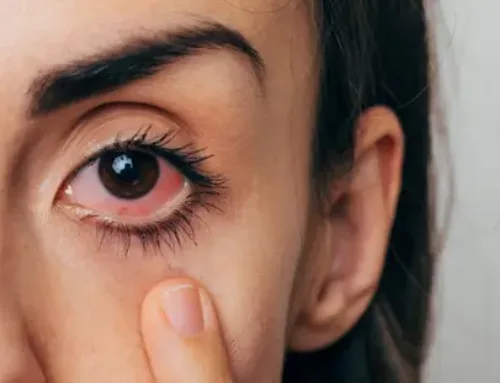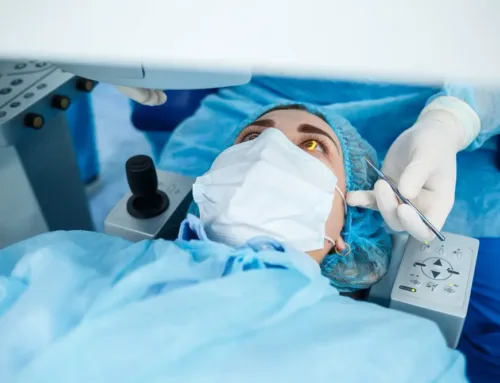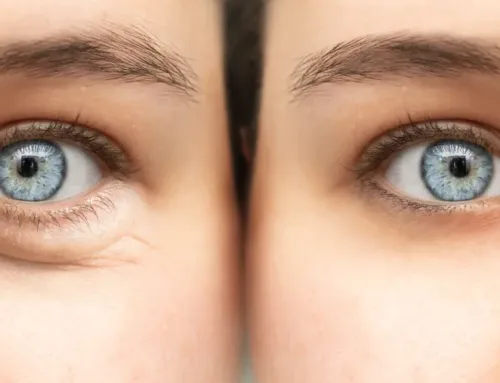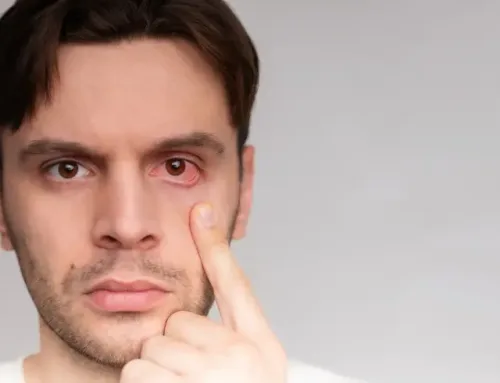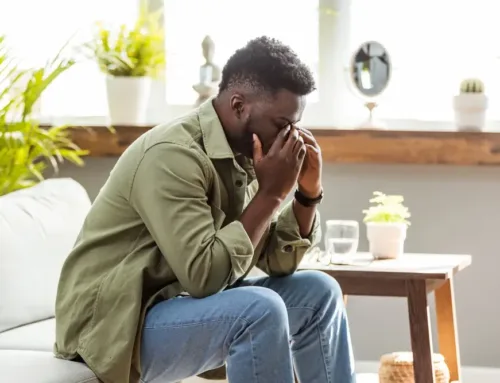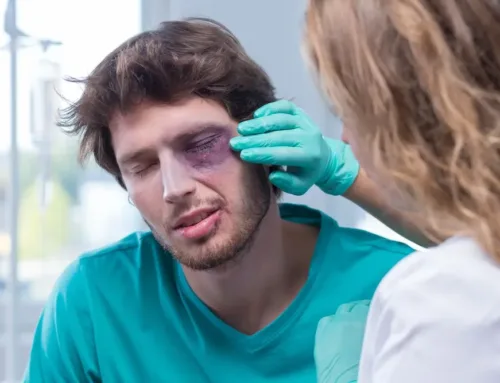Glaucoma is estimated to affect 3 million Americans and is the second leading cause of blindness worldwide. Glaucoma occurs when there is too much pressure inside the eye. This pressure causes damage to the optic nerve which is the main nerve running between the eyes and brain and is responsible for transmitting messages telling us what we can see.
While there isn’t currently a cure for glaucoma, if it is caught early enough, it is possible for patients to have treatment to preserve their vision and prevent vision loss. Here’s what you need to know about this common eye condition and how you can protect your long-term vision. 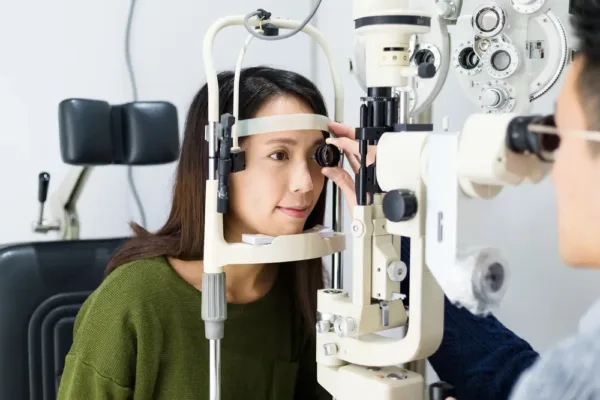
What Are The Symptoms Of Glaucoma?
One of the most frustrating things about glaucoma is that it doesn’t usually cause any symptoms in the very earliest stages. It develops slowly, usually over a period of many years, and affects only the edges of your vision at first. For this reason, many people don’t actually realize that they are suffering with glaucoma. Instead, it is normally picked up at routine comprehensive eye exams.
However, if you don’t visit your eye doctor regularly, you may start to notice signs of glaucoma developing. Some of the signs associated with glaucoma include:
- Loss of peripheral vision
- Blurred vision
- Rainbow-colored circles developing around lights
In rare cases, glaucoma will develop very suddenly and cause the rapid onset of symptoms including:
- Severe eye pain
- Red eyes
- Nausea/vomiting
- Tenderness around the eyes
- Seeing rings around lights
- Severely blurred vision
Acute glaucoma that develops suddenly can cause rapid damage to your vision and should be treated as an eye emergency. Don’t delay – speak to your emergency eye doctor right away.
What Is Involved In Early Glaucoma Treatment?
Unfortunately, any vision lost as a result of glaucoma is unable to be restored. However, you can have treatment to prevent further vision loss. Each of the treatments for glaucoma focuses on lowering the pressure inside your eyes. There are a number of different options to choose from and your eye doctor will be able to recommend the variety that best suits your needs. These could include:
Eyedrops
Eyedrops are the main treatment for glaucoma. There are a number of different types that can be used, but all work by reducing the pressure in your eyes. You may need to try several different varieties to find the ones that work best for you. It’s important that you administer your eyedrops exactly as directed, and that you wash your hands before and after administering them.
Laser Treatment
Laser treatment is normally recommended if eyedrops aren’t effective, or in the case of acute-onset glaucoma, where it’s crucial to lower the pressure inside the eyes as soon as possible. Laser treatment is where laser energy is used to do one of several things:
- Open up the drainage tubes within the eyes to enable more fluid to drain out and reduce the pressure inside the eyes.
- Destroy some of the eye tissue that produces liquid, which can reduce pressure in the eye.
- Create holes in the iris to enable fluid to drain from the eye.
Local anesthetic is used to numb the eyes ahead of laser treatment, and you’ll need to use eyedrops afterwards.
Surgery
In rare cases, surgery may be needed to reduce the pressure inside the eyes. The most common surgical procedure is called a trabulectomy and involves removing part of the eye-drainage tubes to allow fluid to drain more easily.
If you would like more information about glaucoma and the treatments which are available, please contact our dedicated eyecare team. Visit Treasure Coast Eye Specialists at our office in Port Saint Lucie or Stuart, Florida. You can call (772) 400-2400 or (772) 286-0007 today to schedule an appointment.

